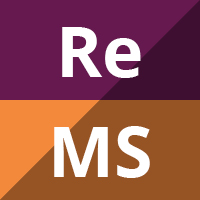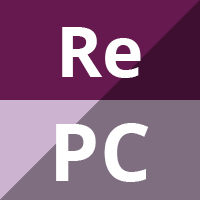
Education of healthcare professionals for preventing pressure ulcers
Abstract Background Pressure ulcers, also known as bed sores or pressure sores, are localised areas of tissue damage arising due to excess pressure and shearing forces. Education of healthcare staff has been recognised as an integral component of pressure ulcer prevention. These educational programmes are directed towards influencing behaviour change on the part of the […]

Interventions for eye movement disorders due to acquired brain injury
Abstract Background Acquired brain injury can cause eye movement disorders which may include: strabismus, gaze deficits and nystagmus, causing visual symptoms of double, blurred or ‘juddery’ vision and reading difficulties. A wide range of interventions exist that have potential to alleviate or ameliorate these symptoms. There is a need to evaluate the effectiveness of these […]

Organisation of health services for preventing and treating pressure ulcers
Abstract Background Pressure ulcers, which are a localised injury to the skin, or underlying tissue, or both, occur when people are unable to reposition themselves to relieve pressure on bony prominences. Pressure ulcersare often difficult to heal, painful, expensive to manage and have a negative impact on quality of life. While individual patient safety and […]

Respiratory muscle training for multiple sclerosis
Abstract Background Multiple sclerosis (MS) is a chronic disease of the central nervous system, affecting approximately 2.5 million people worldwide. People with MS may experience limitations in muscular strength and endurance – including the respiratory muscles, affecting functional performance and exercise capacity. Respiratory muscle weakness can also lead to diminished performance on coughing, which may […]

Yoga for stroke rehabilitation
Abstract Background Stroke is a major health issue and cause of long-term disability and has a major emotional and socioeconomic impact. There is a need to explore options for long-term sustainable interventions that support stroke survivors to engage in meaningful activities to address life challenges after stroke. Rehabilitation focuses on recovery of function and cognition […]

Interventions for managing skeletal muscle spasticity following traumatic brain injury
Abstract Background Skeletal muscle spasticity is a major physical complication resulting from traumatic brain injury (TBI), which can lead to muscle contracture, joint stiffness, reduced range of movement, broken skin and pain. Treatments for spasticity include a range of pharmacological and non-pharmacological interventions, often used in combination. Management of spasticity following TBI varies from other […]

Neuromuscular electrical stimulation for the prevention of venous thromboembolism
Abstract Background Venous thromboembolism (VTE) is a serious but preventable cause of morbidity and mortality. Neuromuscular electrical stimulation systems (NMES) for the prevention of VTE may be beneficial for patients in whom pharmacological or standard mechanical prophylaxis methods are contraindicated or are regarded as unsafe or impractical. Although findings of experimental studies suggest that NMES […]

Virtual reality for stroke rehabilitation
Background Virtual reality and interactive video gaming have emerged as recent treatment approaches in stroke rehabilitation with commercial gaming consoles in particular, being rapidly adopted in clinical settings. This is an update of a Cochrane Review published first in 2011 and then again in 2015. Objectives Primary objective: to determine the efficacy of virtual reality […]

Foam dressings for treating pressure ulcers
Abstract Background Pressure ulcers, also known as pressure injuries and bed sores, are localised areas of injury to the skin or underlying tissues, or both. Dressings made from a variety of materials, including foam, are used to treat pressure ulcers. An evidence-based overview of dressings for pressure ulcers is needed to enable informed decision-making on […]

Treadmill training and body weight support for walking after stroke
Abstract Background Treadmill training, with or without body weight support using a harness, is used in rehabilitation and might help to improve walking after stroke. This is an update of the Cochrane review first published in 2003 and updated in 2005 and 2014. Objectives To determine if treadmill training and body weight support, individually or […]

